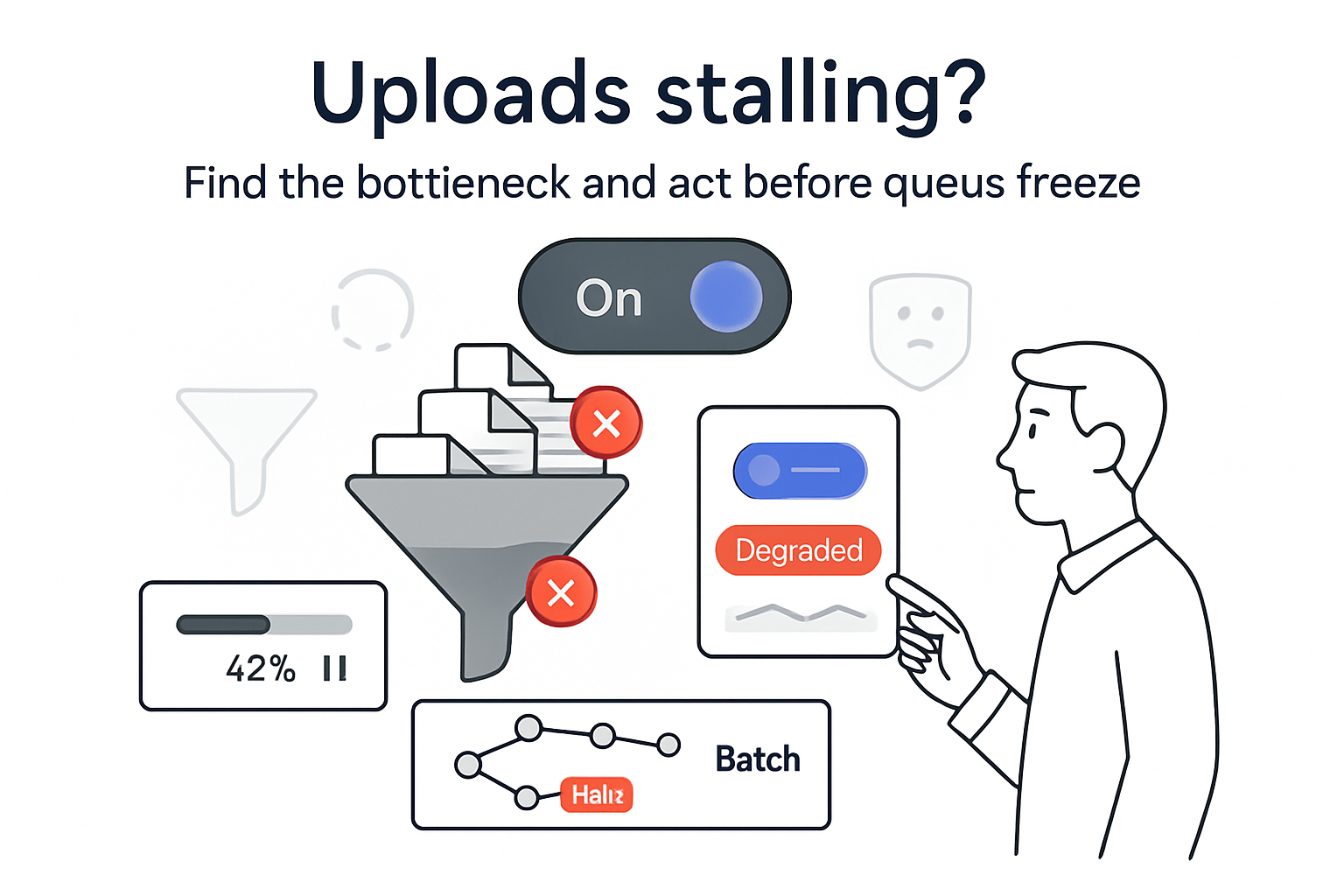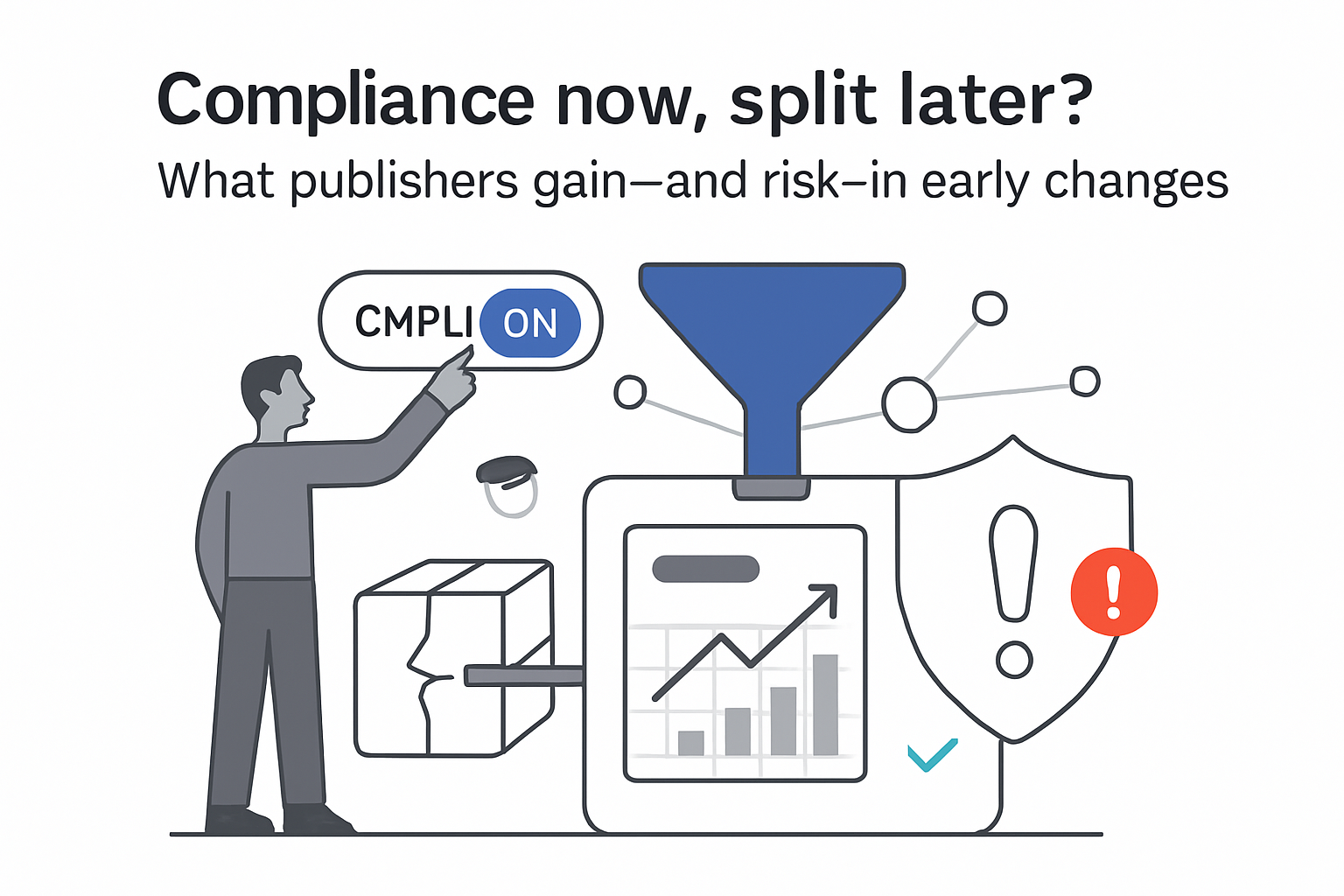Google announced new large language model-based defenses against invalid ad traffic on August 12, 2025, in a post by Per Bjorke, Director of Product Management for Ad Traffic Quality.

Key details
- Google introduced industry defenses powered by large language models to more precisely identify invalid ad behaviors, developed by the Ad Traffic Quality team in collaboration with Google Research and Google DeepMind.
- The systems analyze app and web content, ad placements, and user interactions for faster detection, strengthening content review and placement evaluation.
- Google reported a 40% reduction in invalid traffic stemming from deceptive or disruptive ad serving practices, helping keep policy violators off its platforms.
- Google said it will continue automated and manual checks so advertisers are not charged for invalid traffic, even if an ad serves. The enhancements apply across Google advertising platforms and services.
Background
Invalid traffic, or IVT, is ad activity that does not come from a real person with genuine interest. See Google's definition and examples of Invalid traffic. The company cites budget waste and publisher revenue loss as common impacts.
Google has used AI for years to combat IVT across its ecosystem. The latest applications extend prior systems with large language models for content and interaction analysis. Google described the updates as part of two decades of work on ad traffic quality.








.svg)